There are several ways to look at the millions of dollars that Sony has spent educating/training members of the International Cinematographer’s Guild (Local 600) on 3D story telling over the last year (members of the DGA and other guilds are coming soon). One could be skeptical and accuse them of trying to sell more 3D TV’s and ensure that they will continue to profit from the 3D surcharge we face at theaters.
Sure, you can’t deny that Sony/Columbia Pictures have a lot at stake with this technology (the same goes for most other electronics companies). They also have a vested interested that we, as filmmakers, are utilizing this new device in effective and innovative ways. Yes, 3D can be gimmicky, but it can also be a very powerful new tool in our bag of tricks. Whether or not Sony is a truly benevolent multi-national corporation, I am extremely grateful for the free training that they recently provided me with on their historic lot in Culver City. As I reflect on the experience, I feel completely transformed: I love 3D and can’t wait to shoot more of it.
I’ve been talking with friends about 3D movies a lot in the last few weeks and I’m surprised at how many people haven’t seen one on the big screen. Perhaps the electronics companies should organize a series of “free 3D movies” to build public awareness on the subject. What better way to warm the hearts of Americans than giving them something for nothing (perhaps by showing Coraline)? The other big issue is the glasses.
My favorite line from the course was when either Matthew Blute or Buzz Hayes (apologies, I don’t know who to credit) asked, “does it bother you to wear sunglasses to the beach?” I’m lucky enough to have perfect vision and I don’t mind the inconvenience of glasses for a few hours in exchange for better entertainment. Optically, the $.39 cent RealD glasses leave much to be desired, which is why Oakley sells 3D glasses for the cinema and home ($120 MSRP). I believe you can also get them with prescription lenses to avoid doubling up on eyewear.
Another popular question revolves around the value of seeing (and shooting) a 3D film. In this economy, paying $16 at the Arclight Hollywood on a Friday night is easier to swallow than $19.50 for a 3D movie. You probably ask yourself, “Other than a potential headache, what am I gaining from the 3D experience?” Here is where things get a little tricky. Great stereo cinema should be analogous to most other aspects of filmmaking: great acting, great directing, and great cinematography don’t (generally) call attention to themselves. They should work in concert to create a fully immersive experience for the audience.
Should every 3D film have one or two in your face shots? Perhaps. Nevertheless, the fact that “Up” subtly utilized the z-axis doesn’t mean that it was a waste to pay the surcharge. One of my greatest take-aways from the course was witnessing the power that 3D has in creating a visceral reaction for the audience. If this tool has the unique ability to make you ill, then it must have an extended reach that 2D cinema lacks (the most obvious exception being the moments surrounding Aron Ralston’s self-amputation in Danny Boyle’s haunting “127 Hours“).
In most films, the goal isn’t to make the audience pass-out or throw their glasses to the ground due to eye pain or strain. Neither of those are good for business and at the end of the day, we need to make a living from our art so keeping the viewer happy is a priority. This practice is generally referred to as ‘good 3D.’ The creation of such media requires a few extra considerations that are not needed in the 2D world. Therefore, some adjustments are required for stereo cinematography.
When approaching 3D for the first time, one wonders how the addition of a genuine z-axis will effect composition, blocking, lighting, camera movement —- okay, stop. As I’m writing this list, it is clear that everything can and will be effected by this process. For the over one hundred years that we have been making films, we’ve done everything that we can to create the illusion of depth on the 2D plane (unless of course we want the opposite for narrative reasons – in fact, going forward, let’s just assume that this is a given: almost every aesthetic has a place within certain films).
The remarkable world of 3D contains depth right out of the gate, but this doesn’t mean that our old tricks aren’t important. Lining your subjects against the wall and shooting them with the lens perpendicular to their axis is going to have a limited amount of depth, just like it does in 2D blocking. Moving past foreground elements are very interesting in 3D, just like they are in 2D, however you want to be sure to not keep them lingering in the “negative parallax” (when objects come off the screen out towards the audience). Our eyes naturally go to the subject closest to them first, regardless of the amount of light or sharpness of focus on said subject. This means that over the shoulder shots are not ideal for close-ups in 3D.
One of the main goals of the course was to debunk many of the 3D myths about what you should and should not do while crafting a stereo production. While we saw that over the shoulders are not inherently painful, we witnessed why they aren’t the best way to cover certain dialogue scenes. It is often best to consider why we do particular things in 2D before we decide to apply them in 3D. Tightly framed over the shoulders have a way of making the viewer feel closer to the people having the conversation. In 3D, the opposite is achieved because the shoulder of the character is flying off the screen reminding us that we are not part of their interaction. If the actor is framed in a clean single, has an eye line close to camera and is partially coming off of the screen (into “negative parallax”), then it almost feels as though he or she is talking directly to the audience.
Matthew did a great job creating scenarios on the stage where we would test out these myths/techniques. Lore says that hand held is a big issue in 3D. To demonstrate, we had our operator do very steady moves, very wild moves, shots with very jarring horizon shifts, and shots with jarring tilts. In short doses, none of the handheld was awful, however the shots with moving horizon had a nauseating effect–similar to sea sickness–and should be avoided at all costs (this is always a challenge with poor steadicam operating: keeping the horizon steadied and level is a large part of their job). We executed shots with shallow depth of field and large focus racks to great success, but it is a tactic that shouldn’t be overused (although, the same could be said about its saturation in 2D). On most any shot, but particularly on a long dolly push in, we saw how important it is to have many depth cues on the set at varying distances from camera.
Without these elements, the amount of perceived depth is lessened. Instead of throwing your foregrounds and backgrounds completely out of focus in the name of depth, it’s better to have layers around your characters and let those objects retain more sharpness than you typically would in 2D. The argument is often made that the human eye has a large amount of depth in field, so it is wise to leave a good deal of your 3D frames in focus. We saw examples that would both support and negate this claim, but in general, having deeper focus seems wiser in 3D. Dutch angles can work in certain situations, but you should be aware that they have an exponentially greater effect of disorientation/chaos in 3D than in 2D! We also saw some lens flares to differing degrees of success. You better have a clean beam splitter and lenses or the result is a very dirty image.
Having live 3D monitoring is absolutely imperative for making the best possible decisions about composition. There were many times where we proposed a shot based on our collective 2D wisdom and then realized that the camera was better suited somewhere else to maximize the 3D effect. The remedy was obvious to us as we sat in our chairs watching on a variety of passive 3D monitors, but probably not as clear to our camera operator looking through the viewfinder of one of the two cameras. A wave of fear crashed over me as I thought back to my recent 3D production where I made all of the framing judgements on a 2D image. While crafting a two shot of our characters conversing while seated at a table, we all unanimously decided that we were too high on the dolly’s boom arm. As the camera lowered into a stronger composition, it made me realize how much of a disadvantage we were in for our 3D shoot because we didn’t have a live stereo monitor. We had a muxed image of the left and right eyes, but that isn’t an equivalent. It is a great tool to check camera alignment, convergence, and other 3D settings, but not ideal for composing stereo shots. While that initial frame was passable in 3D, once we lowered into prime 3D positon, the resulting 2D image was very unorthodox because we ended up much lower than normal. I couldn’t help but wonder how much better my compositions would be in 3D if I had more tools on the day. I would love to see a monitor for operators similar to the Nintendo 3DS that has an autostereoscopic display with a 3D depth slider so you may dial up and down the amount of 3D to minimize eye fatigue. This would allow for great framing on the fly–without 3D glasses–because we know nobody likes to do a camera rehearsal and in the digital world the first take is actually the rehearsal. Ironically, “The Necrotic 3D” features a scene where I framed a similar two shot at a table and I’m likely going to wish I had the camera lower when I see the dailies in stereo.
In terms of lighting, we aren’t reinventing the wheel. In production, there is light loss from the beam splitter, which will be greater for cheaper rigs and lesser for costlier rigs. Other than that, you should keep in mind that a lot consumers already complain about the darkness of 3D movies. As an fan of 3D, this doesn’t bother me much. Others are vocal about the darker images on screen due to the technology currently utilized by 3D projectors and glasses. I will admit that “Tron: Legacy” was a little difficult for me in this regard due to its noir style, so I would exercise caution with underexposure so you don’t alienate your audience. In most 2D scenarios, we add backlights to our subjects to separate them from their background. However, in 3D, this is a minor consideration as long as they are away from their background because we can physically perceive depth in stereo images. One could argue that subjects will have a harder time blending into or getting lost within their surroundings like they easily do in 2D. I’m not saying that we should retire Classical Hollywood three point lighting, but its not as necessary. Actually, this raises an interesting point and one that we did not discuss over the course of the 3 days: shooting with 2D in mind. None of us enjoyed the days of shooting 4×3 and protecting for 16×9 during the transitional period to HD broadcast, so why would this be any different? As we saw from our earlier example with the table conversation, the camera needed to be much lower for our 3D shot than our 2D counterpart. At the end of the day, you have to hope that most of your audience will see your work in the intended form: 3D. To put our challenges of 4×3 and 3D in perspective, imagine the early days of color cinematography and the prospect of protecting for black and white. That being said, wardrobe and production designers contended with the nastiest curve ball because we are bailed out by the fact that a well lit image should be almost equally engaging without any color saturation as it is fully saturated because of contrast. So what happens when viewing your stereo film in 2D? As long as our operators are viewing their compositions in mono, there is a good chance things won’t look too inferior in 2D.
In several applications, mainly sports and concert events, spending the extra money on 3D rigs is a waste because it is hard to perceive depth on a shot from great distances like a blimp. If you sparsely utilize 2D shots and keep their duration to a minimum, then the audience surprisingly won’t notice that you sandwiched them between a bunch of stereo images. They told a few great anecdotes, which I don’t think I can repeat or accurately transcribe, but I trust they are true. It’s a great insurance policy to know that you shouldn’t pull your hair out if a few shots in your film don’t “work” for whatever reason in 3D, because the project won’t die as a result. Action scenes benefit from this concept because nobody wants to make or rent a 3D crash cam!
There is wide belief that there should be fewer cuts and lengthier shots in 3D cinema. I’m not going to argue in favor of one, but I will say that the immersive quality of 3D lends itself to longer shots with more complicated blocking. It is really engaging to watch characters move around the z-axis and this is something for directors to consider for their masters and the overall movement within the scene. Speaking of editing, the legendary editor/sound designer, Walter Murch, sent a letter to Roger Ebert who famously blogged about how viewing 3D movies doesn’t work on a physiological level. I had found the article a while back and assumed that it must be true given Murch’s credentials (Apocalypse Now, The English Patient, Cold Mountain, and the must-read book, “In the Blink of an Eye“).
Mr. Murch brings up an excellent point: it can be difficult and tiresome for our eyes/brains to focus and converge on different points in a short amount of time. In fact, one of the most memorable moments in the class came on the first day when we were shown examples of what can only be described as “bad 3D” projected on the big screen. We were shown a variety of shots (medium, wide, and tight) with different points of convergence (distances of several feet and many feet) edited together in an increasingly speedy manner. My head exploded when the cuts became very rapid! Such a clip perfectly demonstrated Mr. Murch’s issue with 3D, however it is not inherent in stereo filmmaking. There are many tricks that can be accomplished in post to alleviate these eye strains: most notably “depth balancing” where the convergence points are brought within proximity to each other at the edit points. The next clip featured an identical edit as the previous, but adjustments were made to lessen the disparity between the points of convergence on each cut. The result was pleasant 3D images and no headaches. Perhaps I was duped by the Sony propaganda machine. Perhaps Mr. Murch has a vendetta against 3D films. Perhaps the truth lies somewhere in between. Regardless, I walked away from this course with the belief that good 3D offers audiences a great experience and I have a better understanding of how to create such an experience.
What makes you love or hate 3D films? For the content creators out there, are you excited to tackle or running from 3D production?

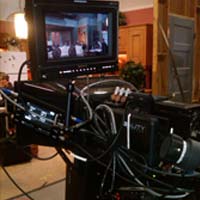


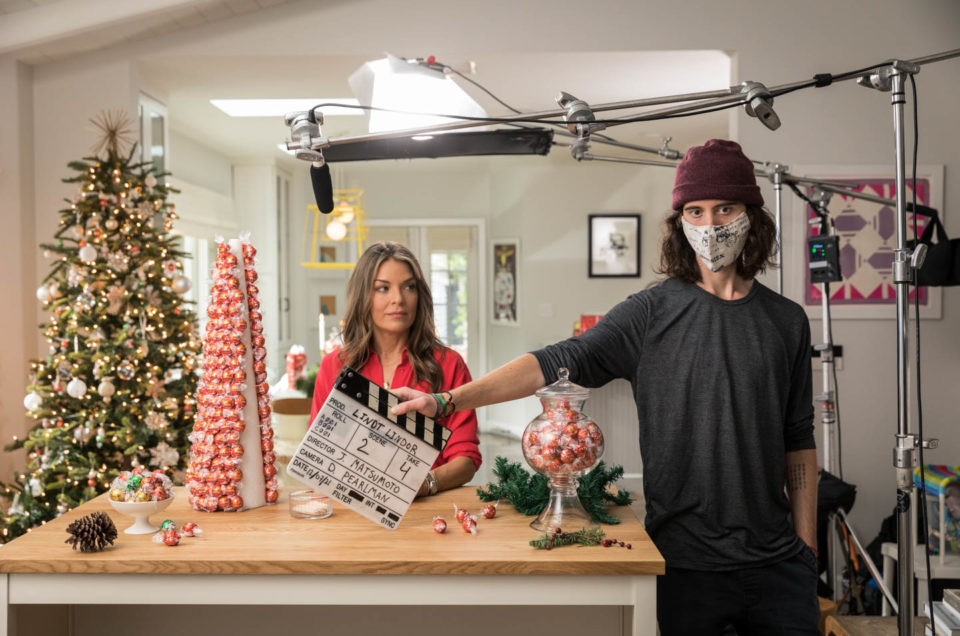
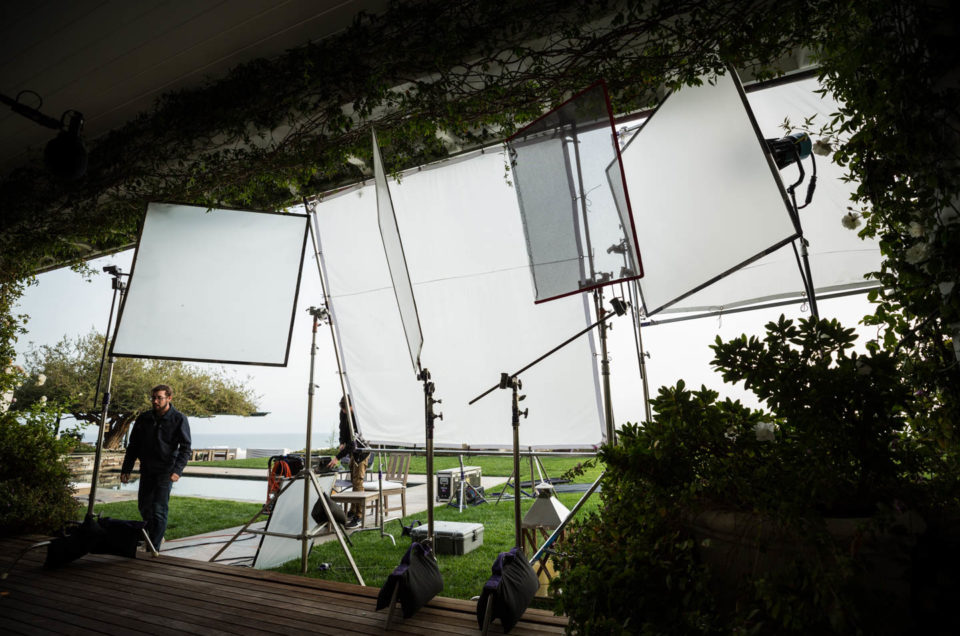
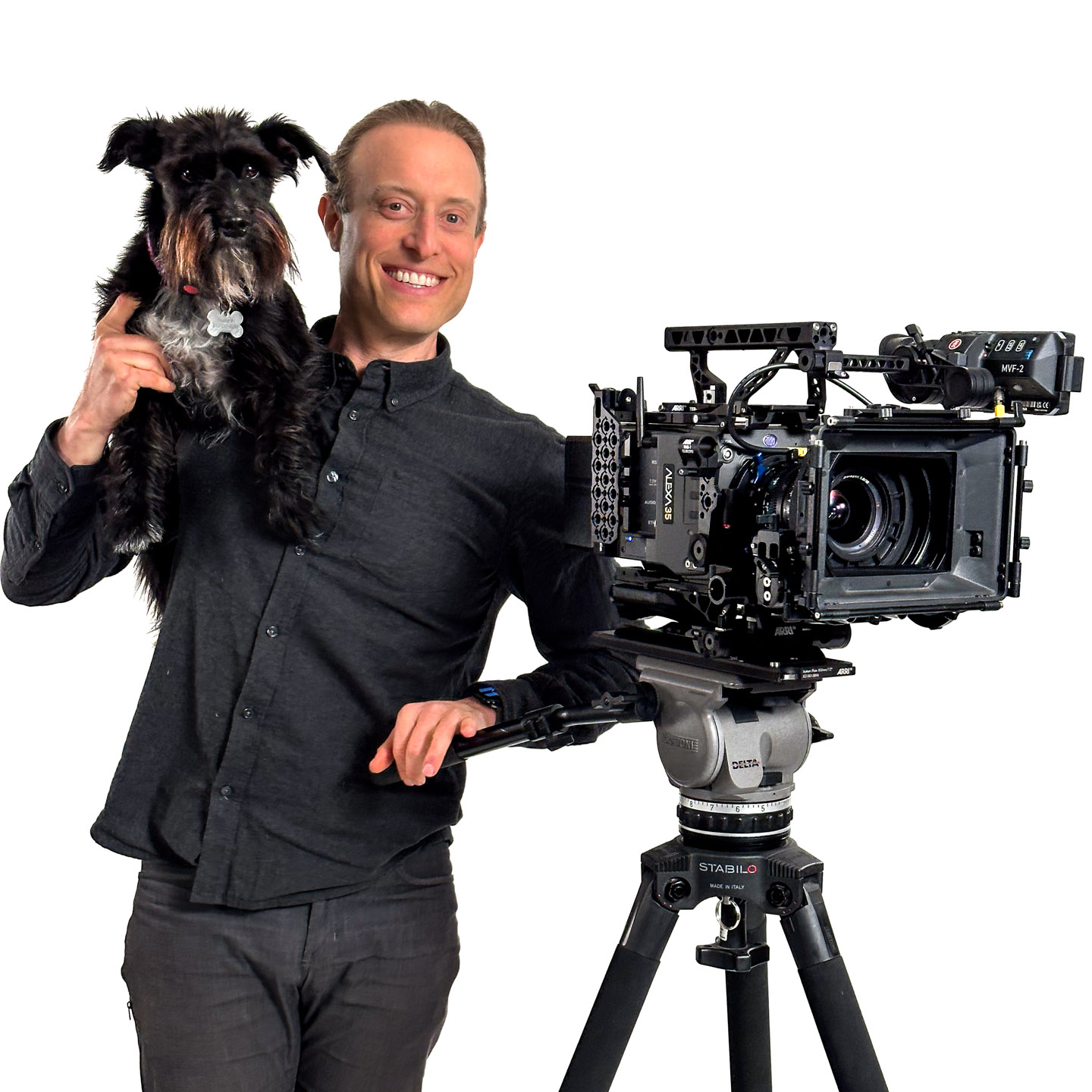

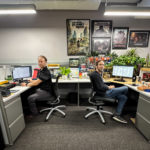

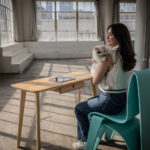
Leave a reply